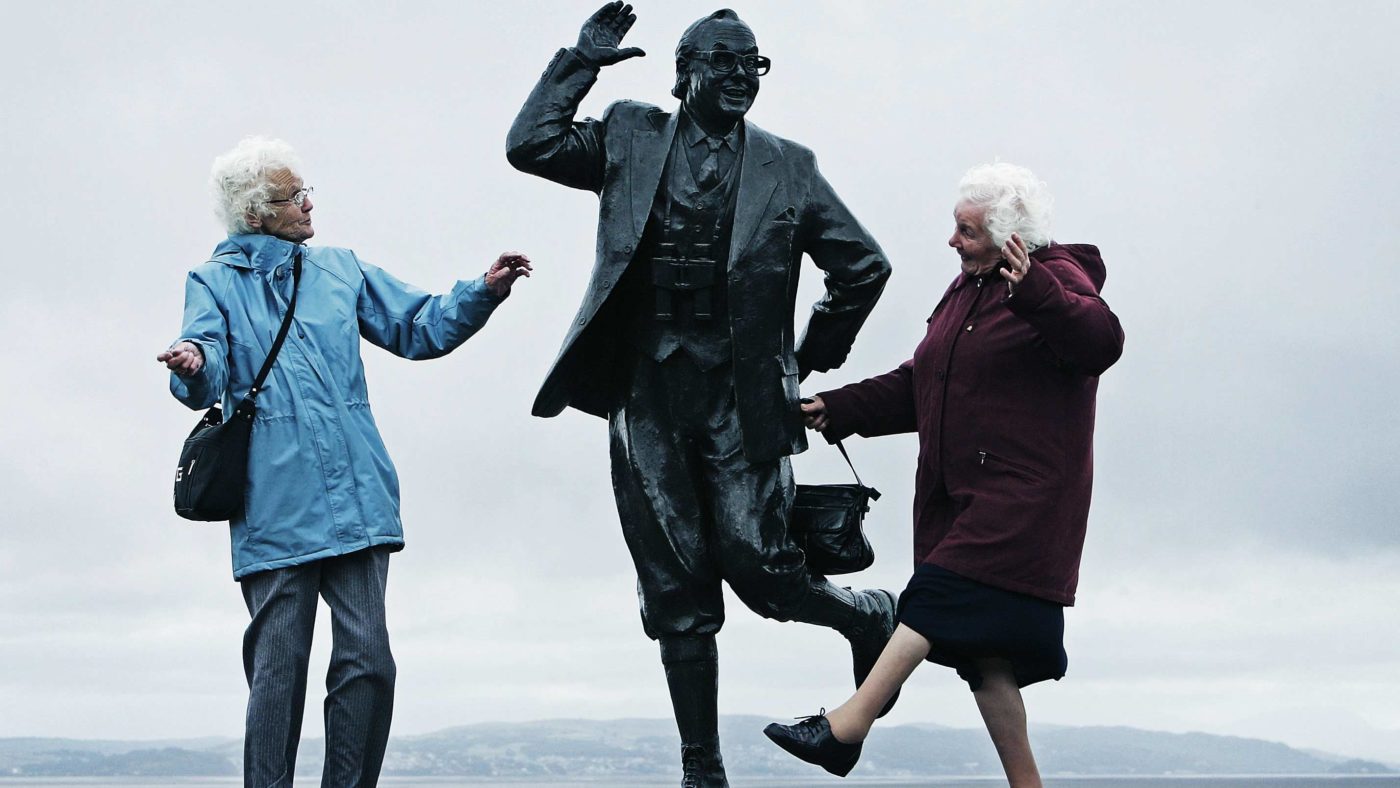Sir Michael Marmot is browbeating us all again over life expectancy. It is not rising as fast as it used to and is doing so more slowly in Britain than elsewhere in Europe.
He details his concerns in an article for the Times: “Improvement in life expectancy, going on for 100 years, has slowed since 2010; health inequalities, which became smaller during the 2000s, have grown again since about 2012; and, there is a persistent north-south divide in health, particularly marked among younger people.”
As you can imagine, his remarks are being followed up with horror in the usual places, and the evils of austerity since 2010 are being blamed. However, before everyone gets too carried away, we should make sure we understand the basic statistic being used. In fact, no one is measuring the expected lifespans of those being born today. What is being measured is the age at death of those who were born 60, 80 and 100 years ago.
But it’s impossible for us to predict how we will be living in 80 years’ time and what people will be dying of. Perhaps we’ll all have stopped eating sugar and be living to 120; maybe what remains of humanity will be a few 30 year-olds trying to boil Flipper in the waters off the last ice floe.
So because we cannot measure how long people are going to live, we use a proxy: how long did people live? Sure, this has its uses, but, just as GDP doesn’t measure human utility (the important thing), we need to recall that this, too, is just a proxy – not the thing itself. Remember this, and Marmot blaming the past seven years of austerity doesn’t quite make sense.
For example, we now insist it’s the early years which make the most difference to lifelong health and thus presumably lifespan. Which means that the generation now dying was influenced by what happened in the 1930s and 1940s. You know, Depression, Second World War and even the creation of the NHS. Not recent Tory policy.
Or we might look at the regional imbalance in lifespans which Sir Michael mentions, both North to South in general, and rich area to poor in more specific terms. Here we need again to understand the statistic: we do not measure the age of death of people and correlate it to where they were born, we measure their age of death where they die.
We know that richer people live longer than poorer in general. But it’s also true that people migrate as their economic circumstances change. So those people living longer in Kensington were not necessarily born there, nor those dying young in the Gorbals. Being poor is likely to lead to migration to areas where housing is cheap – and getting richer vice versa.
In fact, this also applies to the emptying out of Appalachia that Nobel Laureate Angus Deaton has remarked upon. Average lifespans seem to be declining there, unprecedented in modern times. Yet all other reports seem to show that those who manage to get out to go to college don’t come back – the very group which we’d expect to have the higher lifespan is leaving, bringing down that average. So it’s entirely possible that the length of lifespan of no single individual has changed, it’s just that the composition of the group being studied is changing.
There is some, marginal as yet, evidence that this can explain that North to South divide in the UK: young men are more likely to migrate than any other group; the movement in recent decades has been from North to South; it is the death rate (that is, the portion of those remaining, not the portion of the total group born there) of young men which is the reported concern.
It is also true that causality does not only work one way. Economic inequality I’m quite sure leads to health inequality. But then so does health inequality to economic. That debilitating stroke in one’s 40s is going to lead to a poorer life at age 60 no doubt. Along with a likely migration to a cheaper, poorer area.
Sir Michael should also consider some of the other statistics he uses:
NHS spending grew at an annual rate of 3.8 per cent from 1978/9 but this slowed to 1.1 per cent after 2010. Both these cuts have an impact on quality of life for older people; the question is whether they affect length of life.
The major cost of the NHS is the pay of those who work for it. The changes in the NHS budget, as we’ve discussed before, are not out of line with changes in wages in general over the same time periods. Especially when we add Baumol’s Cost Disease into the mix and note that we expect labour-dependent services, an entirely reasonable description of the NHS, to become more expensive relative to general inflation as average wages rise, an effect which stops when average wages fall.
However, at the end, I cannot but agree with the distinguished professor:
It is tempting to attribute these problems to government policies. Tempting but, to be sure, we need more evidence. That is why I have asked Mr Hunt to address these questions urgently.
Indeed. And as he does, let’s hope he properly understands what is being measured – because the health of the nation is too important to trust to misleading statistics.


